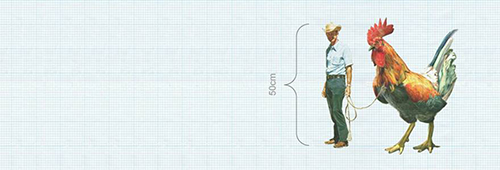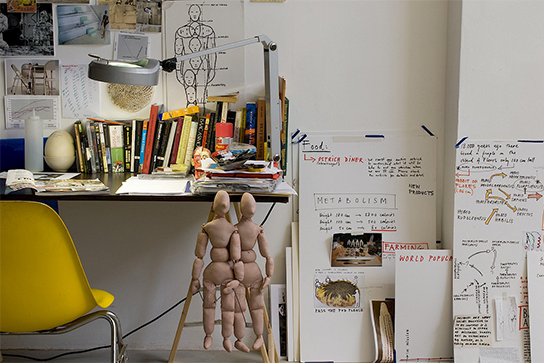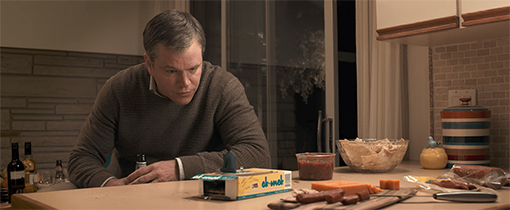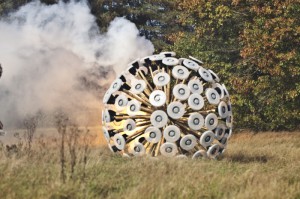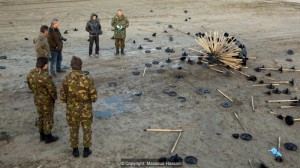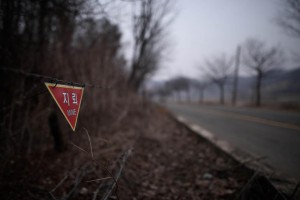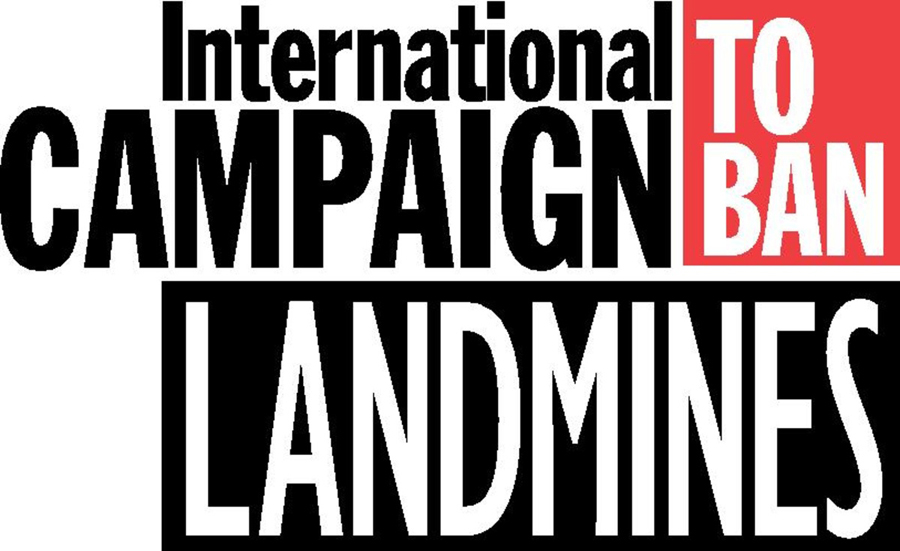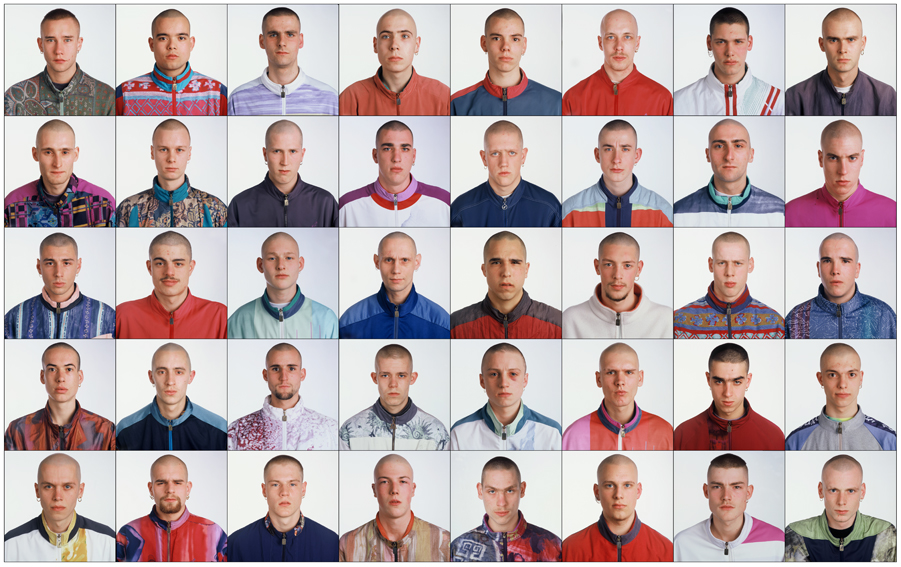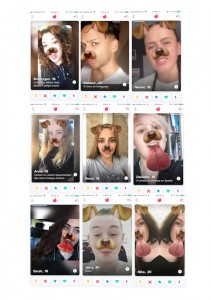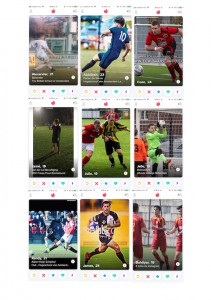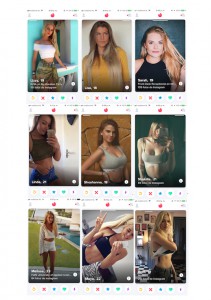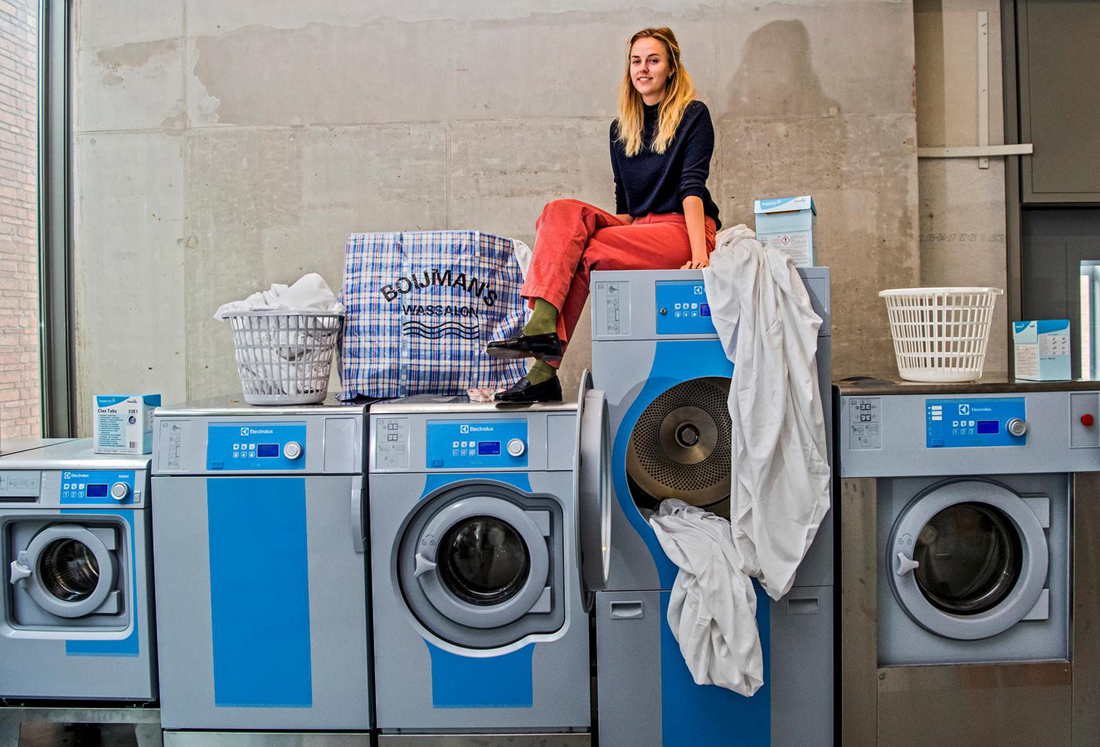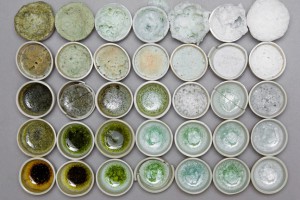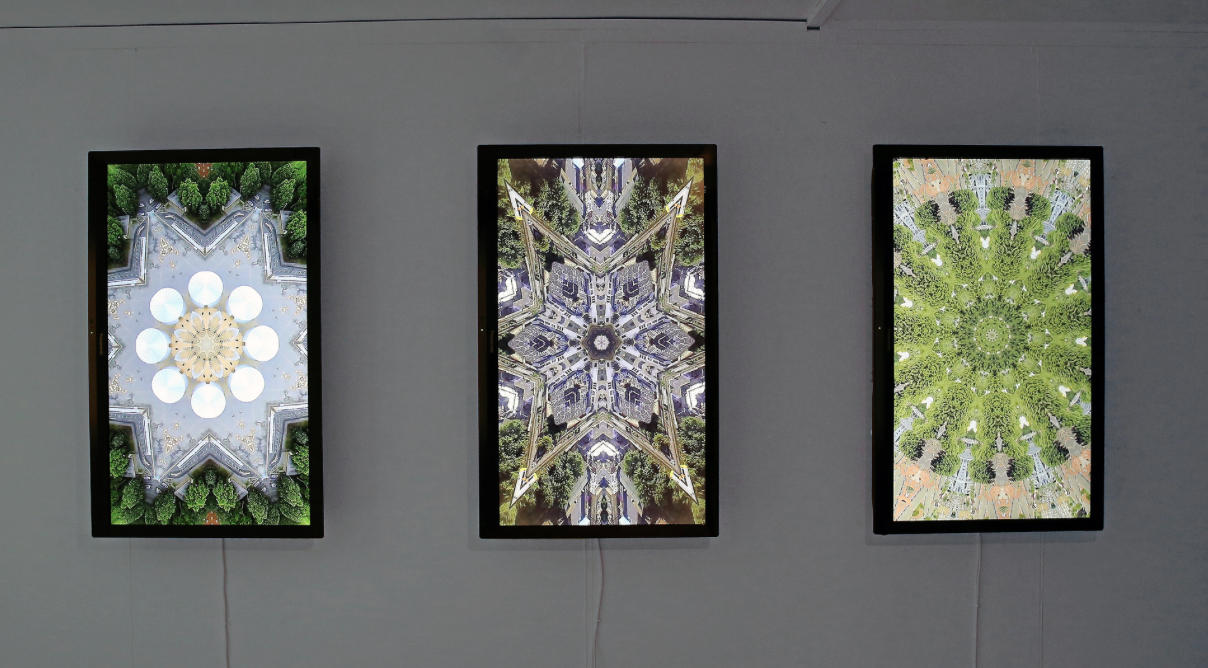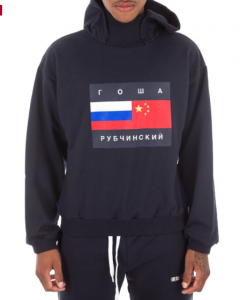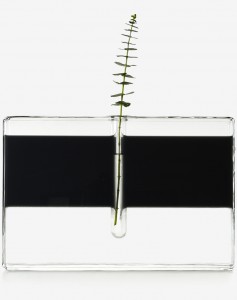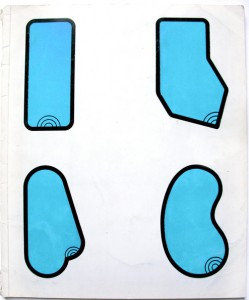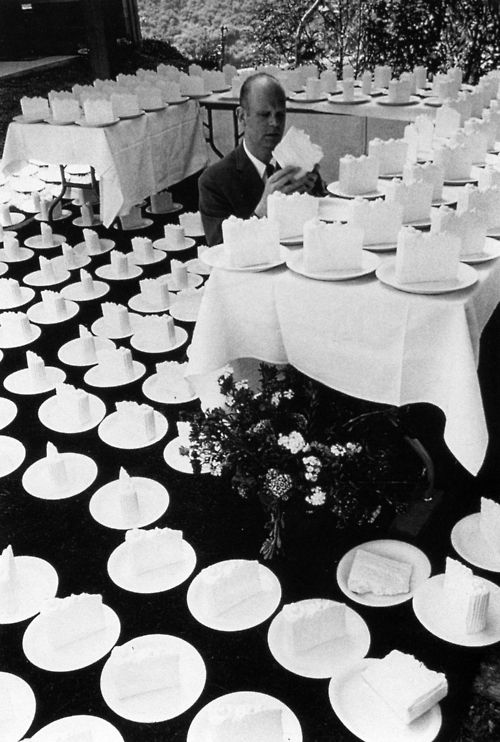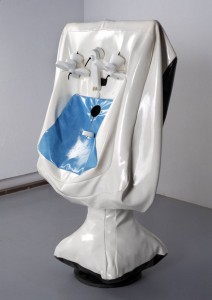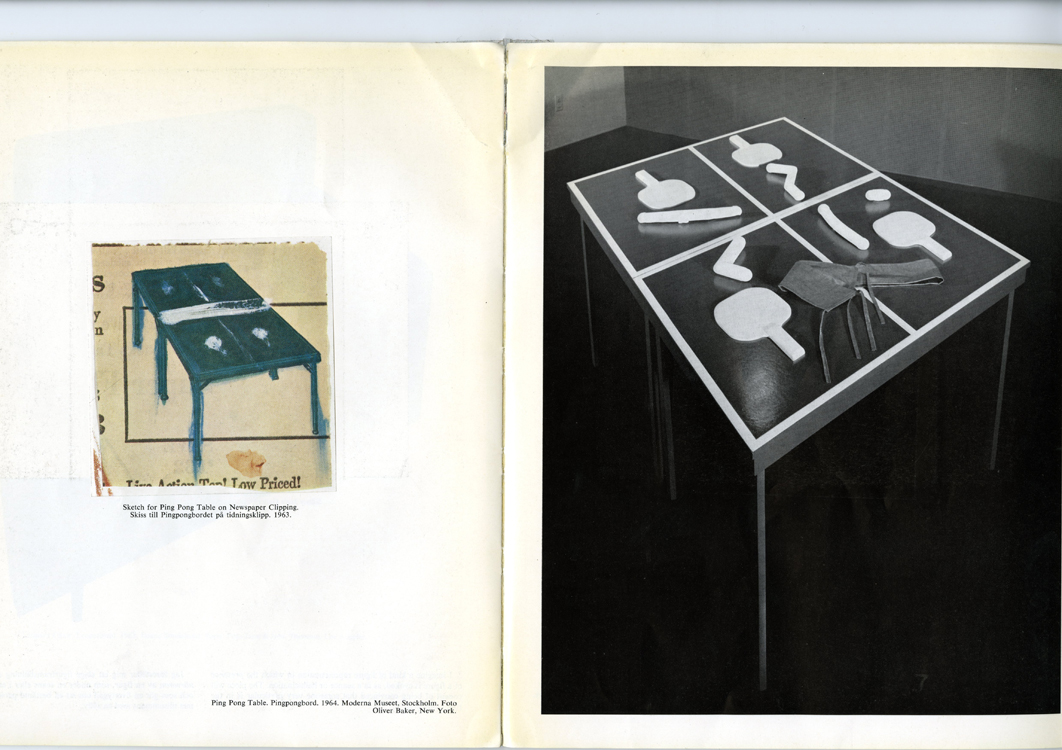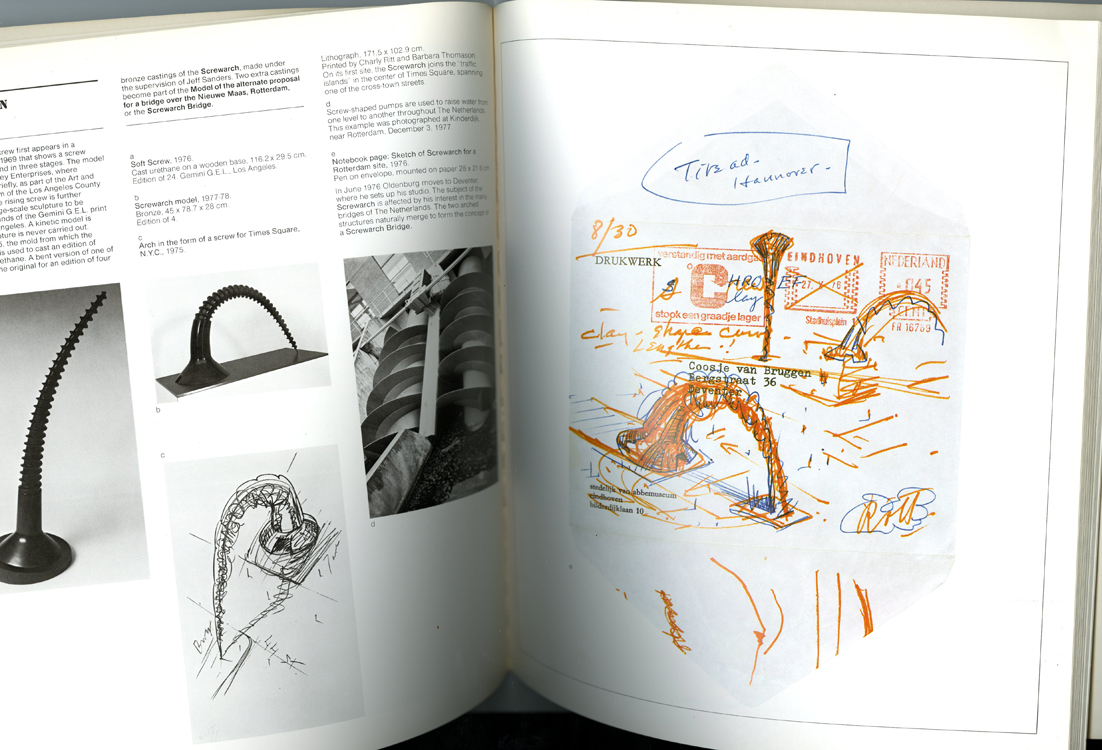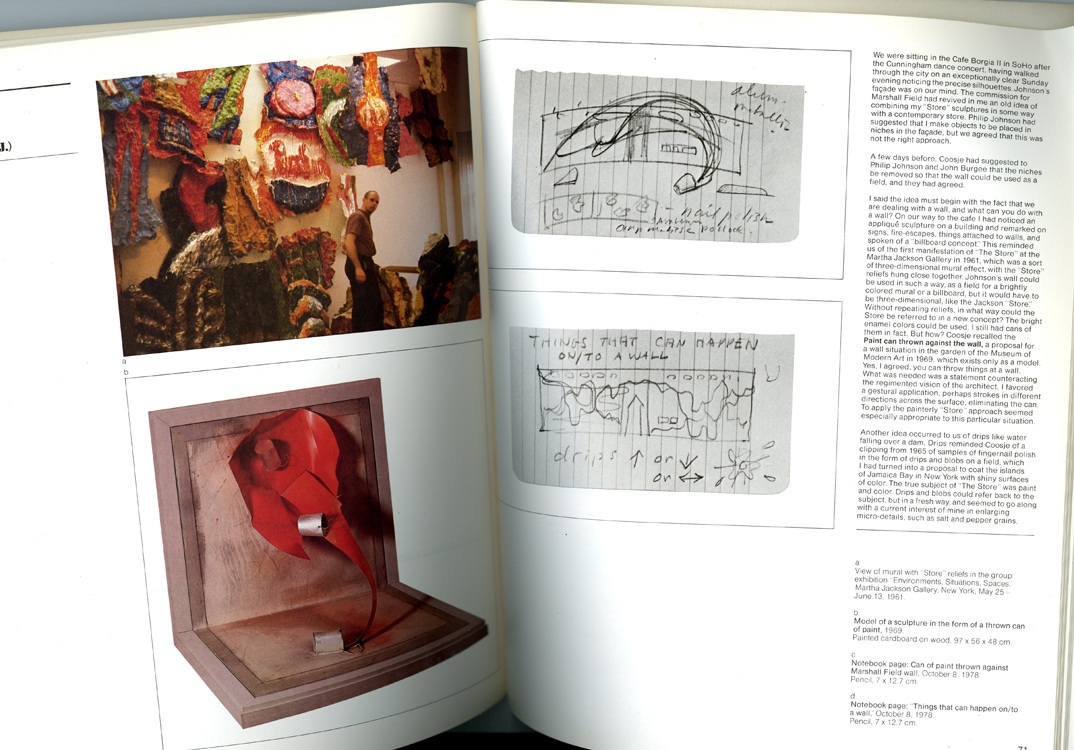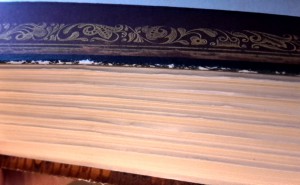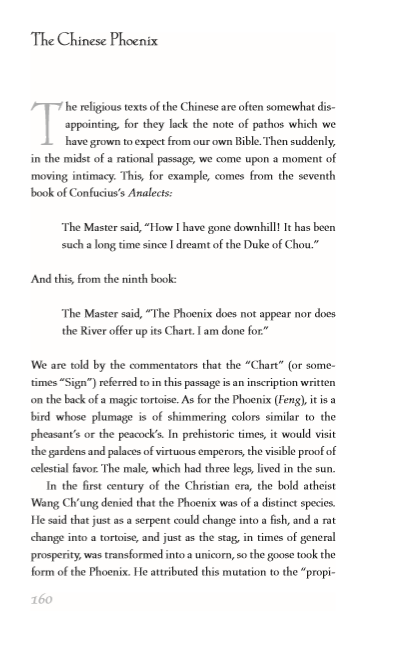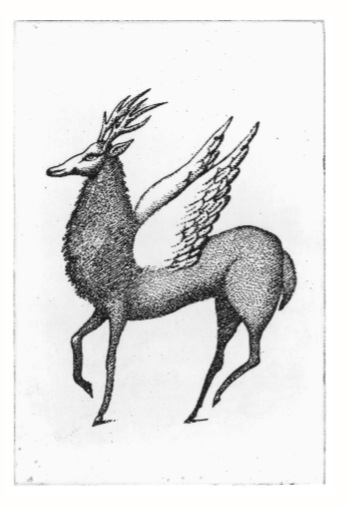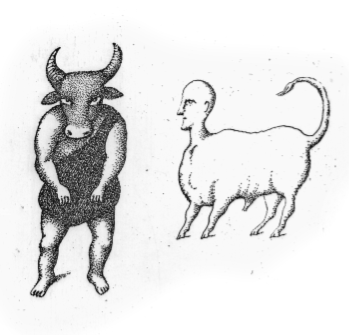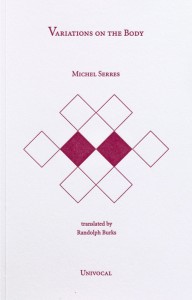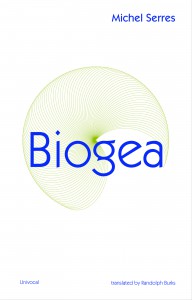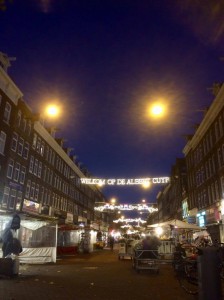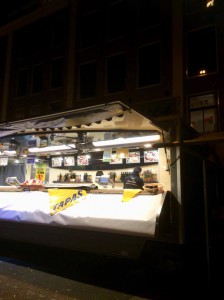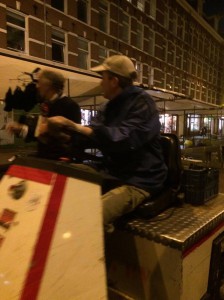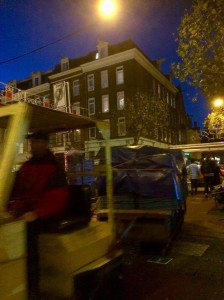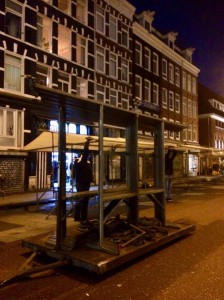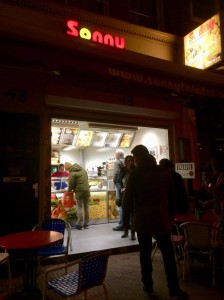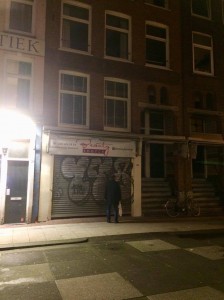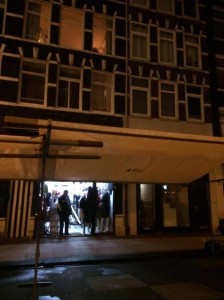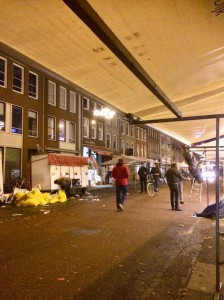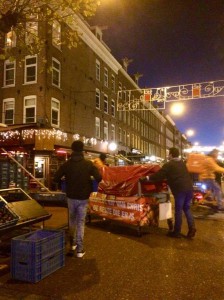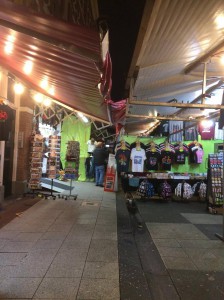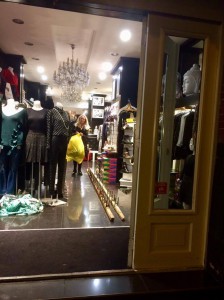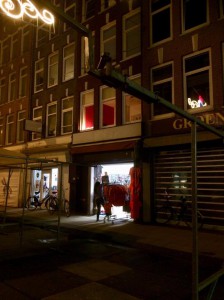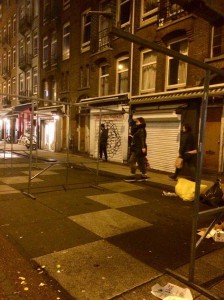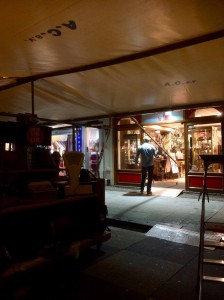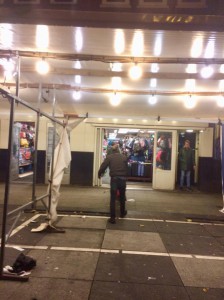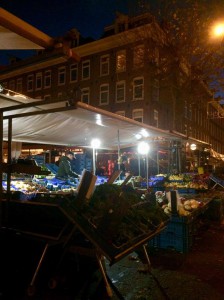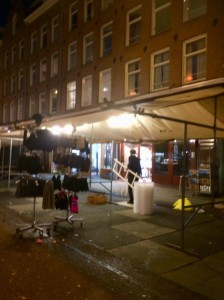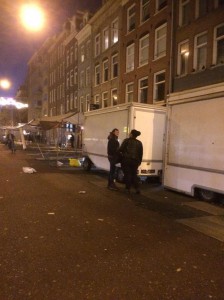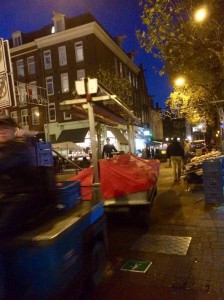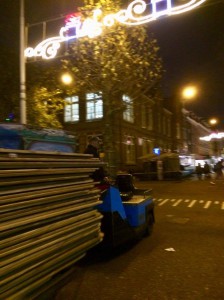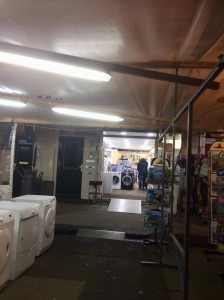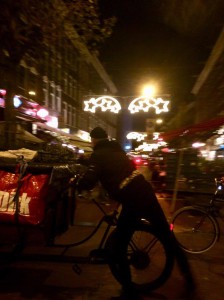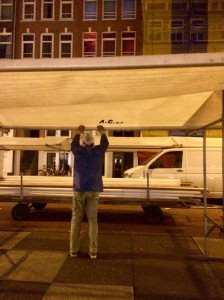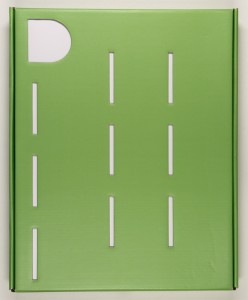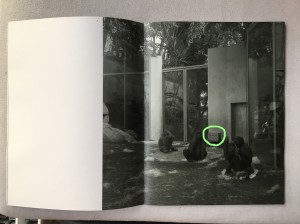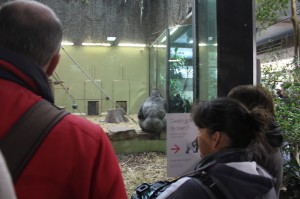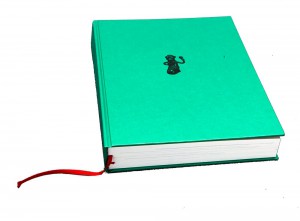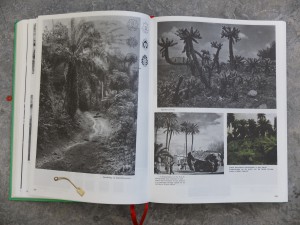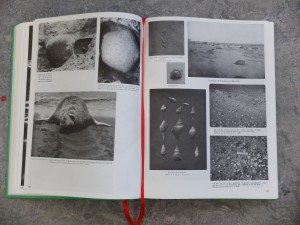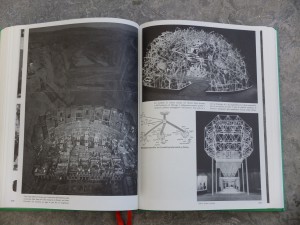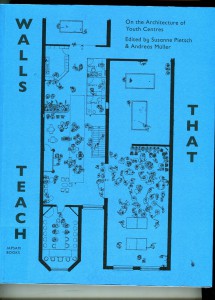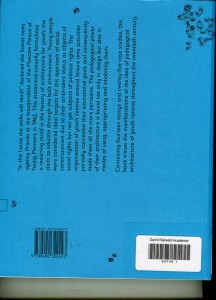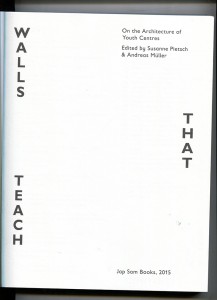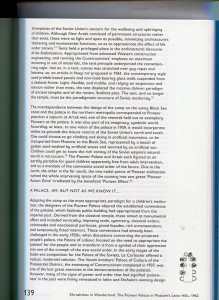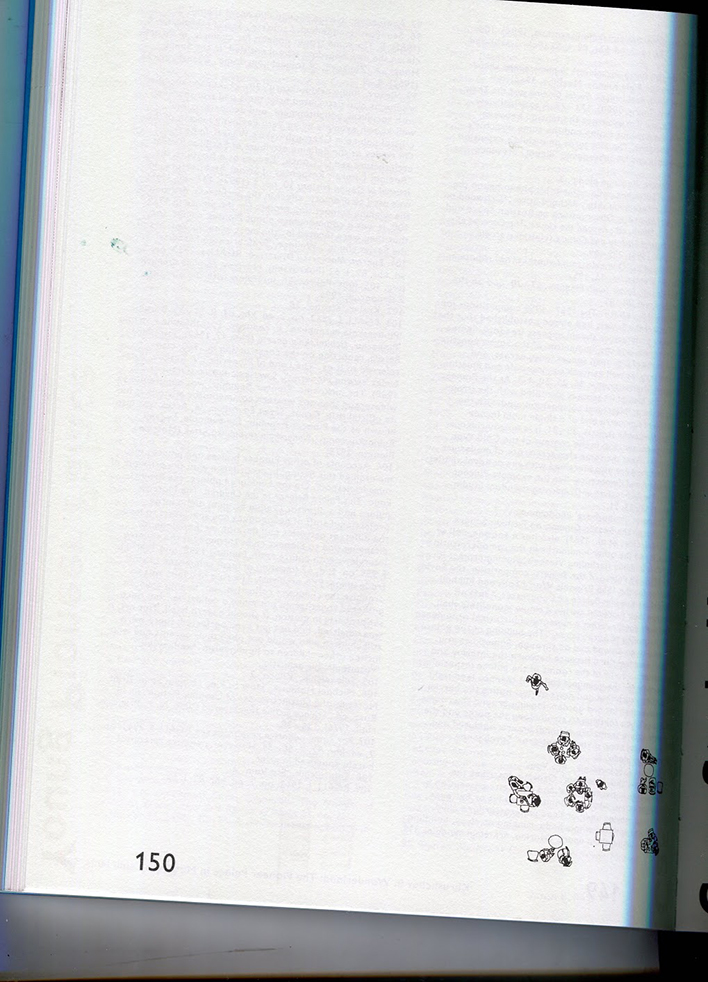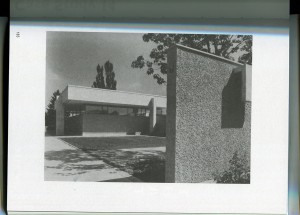How good is your zoom? please device-zoom in order to simulate
the viewing experience of a shrunken person :
Humans have been evolving, growing ever larger with no popular trends in the reverse. This movement is fueled by vast amounts of resources that the human being demands as it grows – things like energy, space, dairy and popular consumer goods. In turn immense costs are inflicted on the environment and fellow human beings, to get such produce on the shelves. This inherited idea that being taller is generally better is widespread in many societies and consequentially those in power tends to also be taller than average..
This collective drive is being fueled by vast utilizations of oh so precious resources that the human species demands as it grows – things like energy, space, dairy and other consumer goods. In turn the immense costs are let out on the environment and fellow human beings, to get such produce on the shelves. This inherited idea that being taller is generally better is widespread in many societies.
But in our time this aged-old trend be upheld?
The song short people was released by the artist Paul Newman to popular though not universal acclaim in the 1977 with a satirist lyric mocking short people in the favor of the tall. This was quite very ridiculous but also funny, with many short people taking a liking to it on their own. I therefore decided that the opposite of the song, (offered above) should be created to switch the social experience. It’s another sign of the discrimination against short people which does not seem to have receded to this day and beckons the tall as the gold standard.
Throughout vast plains of the internet some attention are being paid to this perceived difference of social values in terms of height. Popular mass media provider Buzzfeed made videos highlighting the many boons of being on the short side (or tall for that matter), and many other accounts add to this. All the more reason to not assume that taller = more prestigious.

Going against this widely held belief in the preferability of more height, Dutch designer Arne Hendriks proposes a reverse trend – to shrink. Currently Arne teaches at NextNature of TU Eindhoven, the Design Academy Eindhoven and the Gerrit Rietveld Academie and apart from the Incredible Shrinking man is making on a Fatberg.
The Incredible Shrinking Man had, for the past eight years been proposing alternative possibilities diligently curated from all over the world and many specializations. The ultimate “theoretical” goal is to shrink the human average height to 50 centimeters, and greatly reduce the material demands that society consume. The endless litany of social observances and projects featured there offers wondrous though perhaps hard to implement promises to redesign human beings.
This is a good opportunity to examine the role of a change maker – if it is indeed possible, and if so how can anyone bring about such a leviathan and un-instinctive changes to the world. Perhaps someone have a brilliant idea, but how then should they show and communicate it to the rest of the world. With this project, Hendriks chose to continue contributing to the development and contribution of this project for the past eight years. Through this sustained timeline, examples have emerged across time, culture and region to show that this thought has perhaps been something lurking in the back of our mind. From this unique body of research Hendriks, often referred to as an artist establish short term, pop up studios in art establishments that keeps evolving with a bigger body of research every time – the latest being Museum Boijmans van Beuningen and ‘invite’ visitor to fish through the considerable body of research including a wall of postcards each illustrating a small info.
There seems to be no clear connection from the project’s base in such white cube spaces to major established institutions, namely the government and commercial entities so one wonders how far can this idea go? However upon a closer look in the project’s heaps of documents lead to references to the real world abounds, with a prominent example of the Thai government’s policy to encourage the consumption of milk through its multi-state collaboration, the The Thai Danish dairy company. The government’s policy aimed for project growth of its younglings of 6cm for male, and a rather lesser 2cm extra for females. Hendrik’s admirable research length is able to uncover other unseen details of our society through his dedication to the Incredible Shrinking man. And he is not the only one doing something about it.
This idea has also recently taken off on the Hollywood mainstream albeit in the form of a badly reviewed film, ‘Downsizing’ in which the development of new technology allow the protagonist to choose to downsize his to body to a tiny size, smaller than even a hand. The concept of shrink here is thus illustrated to the extreme, although it is important to note that even though one of the reasons to downsize in this film is impeding human devastation on the environments, which perhaps mirror the situation in our real world, Paul the lead character has another main factor to downsize, namely the financial perks of being able to spend more. His assets of $152,000 becomes a gargantuan $12m when converted and perhaps enable him to splurge and consume even more in a large estate. It is not surprising too that the film’s title of Downsizing alludes to the unsavory act of corporate efforts to cut cost and relief its employees. The notion of going small gains a comical element in Downsizing but nevertheless highlights the need for alternative ways to reduce our hazardous impact on the environment, large part of which are being fueled by the footprints of gigantic big corporates – whom dystopian downsized world has to deal with. The film’s little community worryingly mirror the flawed outside one.
The world is a complex place and being more mindful about the hidden details, whether it be the gargantuan, empirical human footprints on the environs which this day few can deny acknowledging these hidden worlds as Arne Hendrik’s incredible shrinking man project discover are vast and fascinating. Somehow this idea of an ongoing research that involves you, and invites all to add on, is very attractive.
And who knows maybe you will now see more traces of going small in your life!
P.S. If you’re interested in Arne’s approach to shrink, take a look at this video where he presents his research and a closer look at the studio of suspended disbelief here, and thank you for your up close attention.

